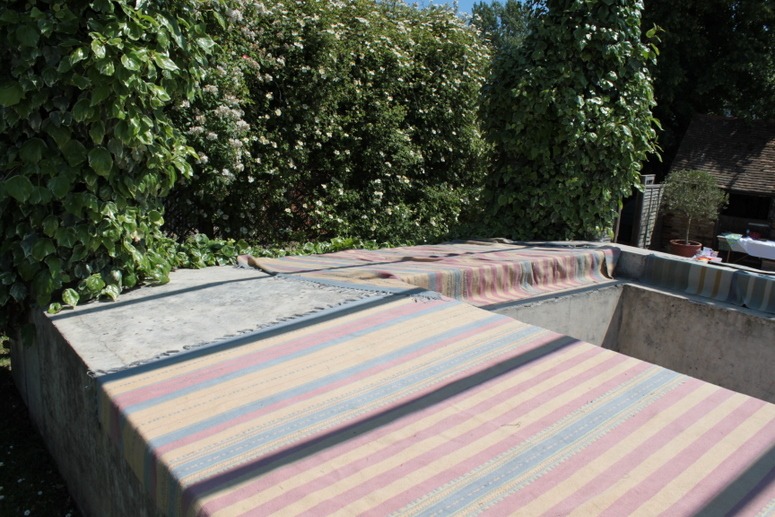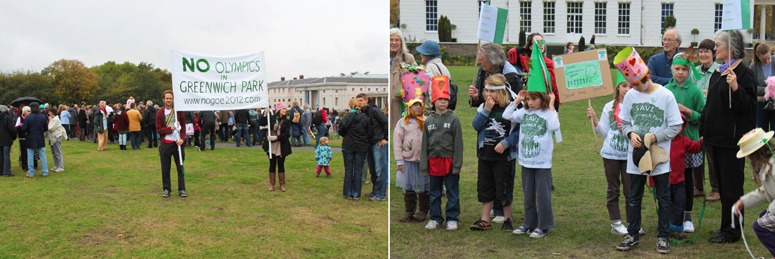It snowed yesterday. About half London took the day off and my cycle to work took twice as long. When I set off home the back roads were covered with icy ruts. After about 20 minutes of precarious travel I came level with a bunch of 25 teenagers wearing hoods. They moved into the road and surrounded me as I drew level. Then they pelted me with icy snowballs. I wobbled, stayed upright and had to stop to dig the snow out of my ears. My wife asked why my voice sounded hoarse when I got home. ‘Too much bad language at full volume’ I explained. The kids, no doubt, were just having fun – relieving the ennui of urban life – but they made me wish God would release a sheaf of thunderbolts. Sadly, the morning news had nothing about lightning-strikes on groups of hoodies in South London – so I have another reason for wanting cycle tubes for green communters. Meanwhile, I will learn the rest of the poem:
Cannon to right of them,
Cannon to left of them,
Cannon in front of them
Volley’d and thunder’d;
Storm’d at with shot and shell,
Boldly they rode and well,
Into the jaws of Death,
Into the mouth of Hell
Rides the poor cyclist.







